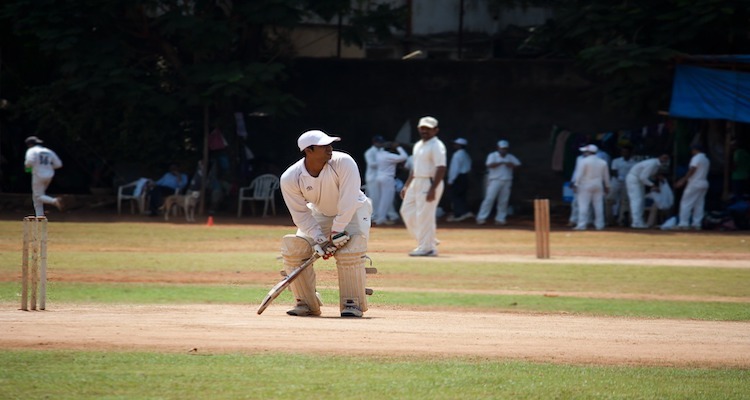
Cricket can be a physically dangerous sport because it involves a hard ball that can be bowled at high speeds, and it is played on a relatively large field with players in close proximity to each other. This can lead to a number of potential injuries, including:
In addition, cricket matches can last for several hours, or even several days in the case of test matches, which can lead to fatigue and increased risk of injury. To reduce the risk of injury, cricket players wear protective equipment such as helmets, pads, gloves, and shin guards, and take other precautions such as warming up before matches and practicing correct technique.
Cricket is a physically demanding sport that can cause a range of injuries to players. Some of the most common cricket injuries include:
To prevent cricket injuries, players should warm up before matches, use proper technique when batting, bowling, and fielding, wear appropriate protective equipment such as helmets, pads, gloves, and shin guards, and avoid overuse of certain body parts such as the back or shoulders. However, injuries can happen as these next examples illustrate.
There have been several famous cricketers who have had injuries on the cricket field throughout history. Here are a few examples:
These are just a few examples, and there have been many other cricketers who have suffered injuries on the field throughout the history of the sport.
This is just some general advice and examples of cricketing injuries. While this general information is helpful it is always best to consult a qualified consultant to get bespoke physical preparation, and injury rehabilitation advice. If you are after a physiotherapist or sports massage therapist or chiropractor you can search for them and other sport performance specialists, including coaches, on our directory. You can search for the sport performance specialist you need by location or specialism.
